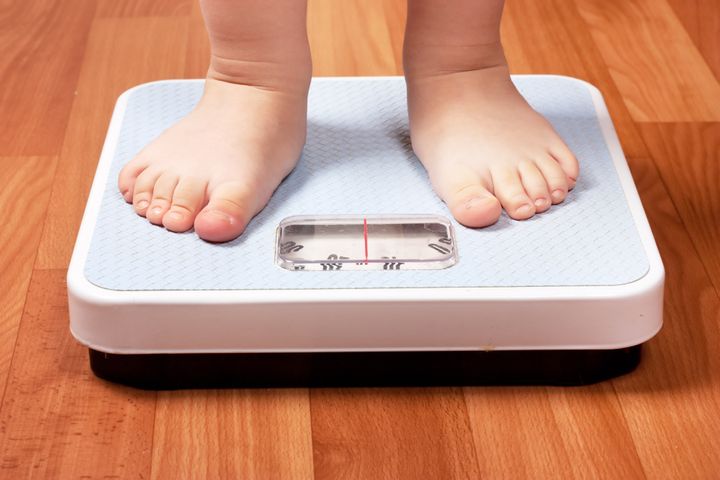
In these early weeks of the new year, a flurry of resolutions can be heard across the land to eat healthier, work out more, and win the battle of the bulge.
In years past, it was a losing battle for most of us. So say the rising levels of overweight, obesity and morbid obesity we've seen since the 1970s. The worst of it has been watching obesity soar among our children -- tripling from 5 percent of children ages 2 to 19 in 1980 to 17 percent by 2010. Among the country's poorest children, the prevalence is more than 20 percent. Once a child toddles down the road to obesity, it is very difficult to turn back. It's a future of futile new year's resolutions for most.
But this season, there's reason to be hopeful. A series of new studies show that child obesity in the U.S. is beginning to drop among the very young -- a critical age when obesity gets its insidious start. A report from the Centers for Disease Control and Prevention, published in The Journal of the American Medical Association in late December, brought the good news that among low-income children ages 2 to 4, obesity fell from a high of 15.2 percent in 2003 to 14.9 percent in 2010. The study was based on information from the 27 million toddlers enrolled in the federal Special Supplemental Nutrition Program for Women, Infants and Children, or WIC.
Good news has also come from several cities around the country including Philadelphia, Los Angeles, New York and Anchorage -- cities that have anti-obesity policies in their schools and communities. In each of these diverse cities, child obesity has begun to fall: 5 percent in Philadelphia and New York, approximately 3 percent in Los Angeles, for example.
Add to that results from a study led by researchers at our school showing that in New York State, the proportion of preschoolers who are obese or overweight has fallen. New York State was the first in the nation to implement changes to the WIC program that included a healthier mix of foods and a lifestyle education program that emphasizes less time watching cartoons on the sofa and more time running, climbing and jumping. Emerging evidence suggests that these changes each year help an additional 3,000 New York infants and toddlers stay at healthy weights, approximately. According to our research, extending these results to the entire nation could mean 36,000 fewer overweight or obese infants and toddlers per year.
It's early to say precisely what factors are bringing about the long-sought downturn in early childhood obesity, but we have some important clues. Surveys by the CDC indicate that public health campaigns, including those at WIC, that stress the value of breastfeeding are succeeding: The share of low-income U.S. mothers who breastfeed their infants lept from 28 percent in 1980 to 66 percent in 2011. Breastfed babies are less likely to be overweight. Exercise and dietary changes promoted by WIC and Head Start are also likely to help preschoolers stay at a normal weight. And there is an increased emphasis on physical activity -- including the first lady's Let's Move program, which reaches daycare programs, schools and community groups all over the country.
As we've seen in our own study, federal policy changes can have an impact. About half of all infants born in the U.S. receive milk and food through the WIC program. Changing diet and behavior through that program appears to be helping to prevent obesity. The time is right -- and the technology exists -- for making similar changes in the federal Supplemental Nutrition Assistance Program (popularly known as food stamps) to nudge families toward healthier choices. One of the most effective changes that could be made at virtually no cost to taxpayerswould be to disallow the purchase of sugar-sweetened carbonated beverages, just as tobacco and alcohol are already off-limits due to their unhealthy consequences.
Now that evidence is accumulating that child obesity is not a lost cause, we should seize the day. The current fervor to cut programs like WIC and SNAP is pennywise and pound-foolish. And we mean many pounds. These programs are poverty programs, to be sure, but they are also health programs that can provide a shrewd investment in preventing children from starting down that painful, disease-ridden and costly road to obesity. And while we are at it, let's keep investing in research that enables us to drill down into the data on declining child obesity and find the truth about what works best. This could help us accelerate the trend.
The best resolution we can make at this time of year is not merely for our own personal fitness but for a fitter society, beginning with our kids. And it's starting to look like a resolution we can keep.
Sally E. Findley, Ph.D., is Professor of Clinical Population and Family Health and Sociomedical Sciences at Columbia University's Mailman School of Public Health
Linda P. Fried, M.D., MPH, is Dean of Columbia University's Mailman School of Public Health
For more health news, click here.